Benjamin Lowy
Benjamin Lowy is an American photojournalist who has covered most of the international major news events in recent times: from Afghanistan to Haiti, Libya, Darfour, the United States and beyond. He has been recognized with several awards and many of his reports have made it into the pages of the most renowned magazines.
As a photojournalist, he is one of the pioneers of iPhone photography. Last year, when Hurricane Sandy ravaged the East coast of the US, one of his pictures taken with Hipstamatic, made it to the cover of Time Magazine; a first in the history of photojournalism!
Hipstamatic has just released a new pak: the Photojournalism SnapPak. It was developed in collaboration with Ben Lowy, who answers a few of our questions here.
By Stéphane Arnaud, Photo Deputy Editor in chief at Agence France-Presse (AFP)
How did you discover Hipstamatic, the application? And, do you remember your first impressions?
I had a close friend recommend it to me when I was given a panoramic film assignment by a client. I hadn't shot chrome since university and was a bit concerned with the technical aspects. He recommended this "new" app that no one was using yet and thought I could produce work that would mimic film and allay my fears.
How did you meet Lucas Buick (Founder & CEO, Hipstamatic) and Ryan Dorshorst (Founder & President, Hipstamatic)?
I contacted Hipstamatic in 2011 following my trip to Libya, in order to begin a conversation, and had a great email rapport with them. I met Lucas in person a year later.
Who came up with the idea of the Photojournalism SnapPak? Was it you or Hipstamatic?
Originally, I approached Hipstamatic along with two other photographers who used the app, with the idea to develop a lens that would be more acceptable to the norms of Photojournalism – i.e. without all the colored filters and crazy vignettes.
The rumours about this pak have been going around for over a year... Why the long wait?
I had an early version of the pak back in July 2011. So it certainly has taken a while. There was a restructuring of the company, there was the Oggl venture, and I think they had other priorities. Originally it was going to be a revenue share that sent money to a Photojournalism charity and funded a grant - but developing a non-profit entity ultimately failed. And we went back and forth a lot with the effects. I had several versions of the lens and film and we were trying to get it just right and use the apps processor without rewriting a ton of code.
Following up on your coverage of hurricane Sandy last year, you recently photographed families who have not yet been rehoused after the disaster. You didn't take those portraits with an iPhone. What are the criteria that determine what tool you use, whether that be a mobile or your DSLR camera?
To me, the end product is what counts, not the tool that one uses. It’s all about communication. When I initially picked up the iPhone, it was to spark some new creativity. When I used it in Afghanistan, it was because I was wandering the streets alone and wished to remain somewhat incognito. When I used the iPhone in Libya, it was a propos to use a tool empowered by and empowering to the Arab Spring. With hurricane Sandy it was about the efficiency of communication. This recent project on displaced families needed a simple portrait done quietly and with respect. I didn't need to use my phone in that instance.
In your opinion, are there situations, news events or stories that cannot be photographed with a mobile?
Again, I think the mobile phone camera has its place as a tool. You can grab it and shoot if nothing else is nearby. Sometimes a large DSLR "marks" you as a pro photographer rather than a bystander or amateur. When photographing approaching riot police - maybe you want to be seen as a journalist.
On your blog, you state the following: "For years, I have worked with bulky digital cameras, always mindful of the technical manoeuvres from setting the shutter speed and aperture to editing and toning on a computer screen. I have discovered that my iPhone has allowed me to capture scenes without feeling that I am once again on the job. […] It has been a liberating experience."
Do you think it's legitimate to say that - in the historical context of photojournalism - the arrival of smart phones is comparable to the arrival of the Leica in the early thirties (small, light, simple and user-friendly compared to the bulky large format cameras of the day)?
Its legitimate to say - though the quality of the finished product doesn't come close to a Leica. At least not yet. Obviously the mobile camera is changing photography - more pictures were taken last year than in all other years of photography's existence combined.
The word "photojournalism" contains "journalism", but also "photo". Don't you think that, considering the debates about post-production, filters, Hipstamatic, etc., the "photo-part" has been slightly ignored, almost crushed under the weight of journalism and its basic principle of objectivity?
Yes. Actually way too much. We are supposed to be journalists, true - but we are also supposed to craft an aesthetic that captures the eye of the audience, that moves them visually, and opens up their hearts to accept and digest the content of the image. We also - as photojournalists - have a contract with the public to present a realistic view of the world. So I don't think we can go too overboard with the aesthetics either.
Throughout its history, there have always been new technological advances in photography. Isn't Hipstamatic simply just a new way of shooting photographs, opening up new avenues for photojournalism? If so, why is there all this reluctance in the professional field?
In every field there are those who are reluctant to adapt to new technology and ideas, and those who embrace innovation. I believe that - for the most part - most of the mobile photo haters have evolved and adapted to using a worthwhile tool.
From personal experience, and as a pioneer in the matter, can you say that there is demand from newspapers, magazines and big internet sites for photo coverage produced with mobiles, or are they still reluctant to publish these photographs?
I think that mainstream media is constantly looking for anything free. It doesn’t matter the format. Asking for free reader-supplied content of a winter storm will certainly be appealing to the audience with their phone cameras and day jobs, as it will be to the cash crunched papers. I find that most publications were reluctant to publish my work back in 2009 and 2010, but in 2011 the tide began to turn and mobile photography has a place as a curioso. Though now it may be getting too gimmicky.
According to you, how should traditional press photo agencies tackle the issue of "mobile photography"? Some of them have started publishing work produced with Hipstamatic, but only ever as one-offs. Do you think they should be more open to the idea?
The idea should be to always publish the best image that is effective in the portrayal of a story or situation. Sometimes the use of the mobile camera in itself helped craft the story package, but that was back in 2011 and 12 - I think the concept has evolved. It’s just another tool in our camera bag that we can use.
When you were in Libya, you mainly used the Ina's 1969-film and the John S-lens. Why did you choose those in particular?
That is the film combination I started on and was comfortable with. I enjoy a good vignette. By my third trip to Libya I was already using my lens and the Ina's 82 film.
Do you have new favourites, apart from the Lowy-lens?
I think you have to look at my feeds and figure that out for yourself. :)
This post is also available in: French


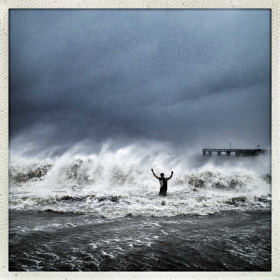

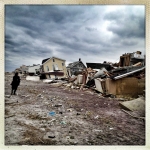


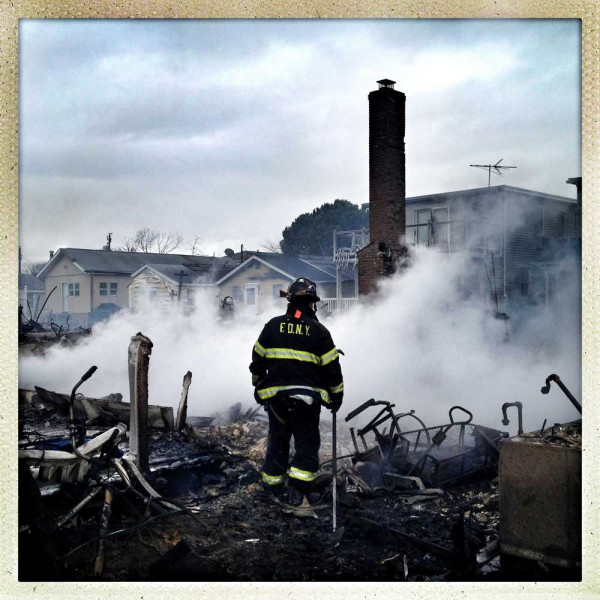
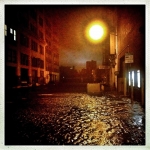

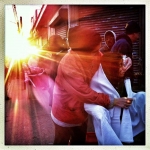
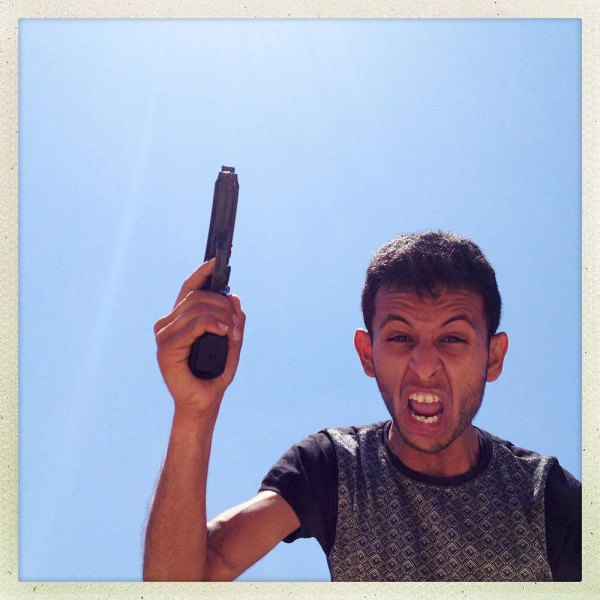
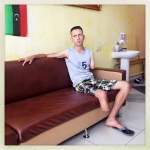


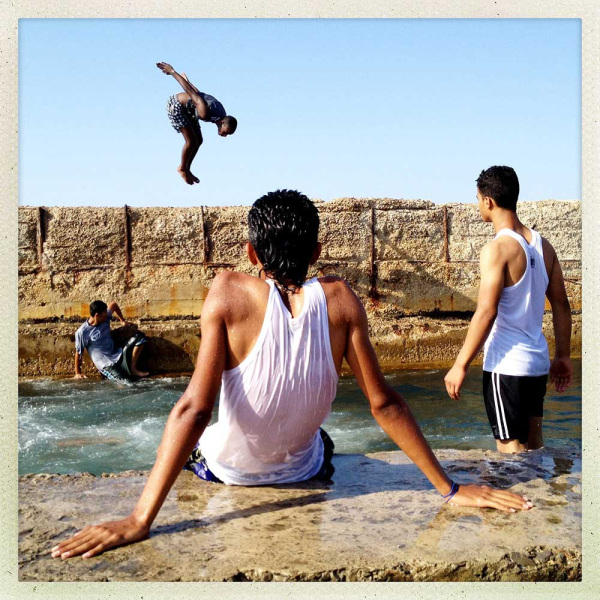
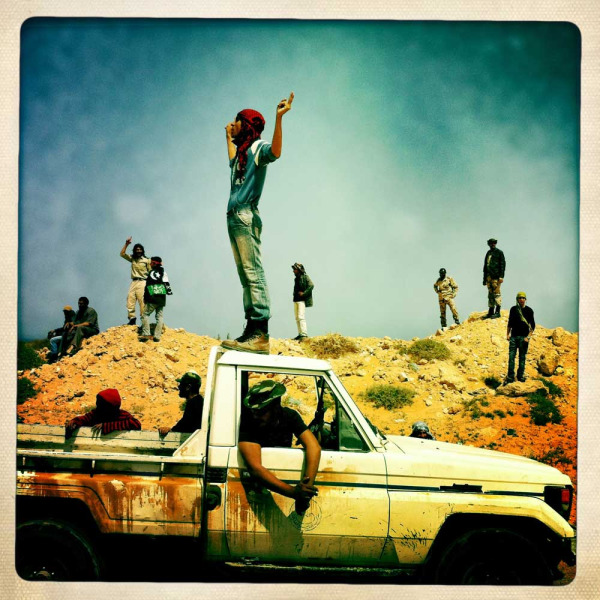

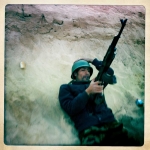

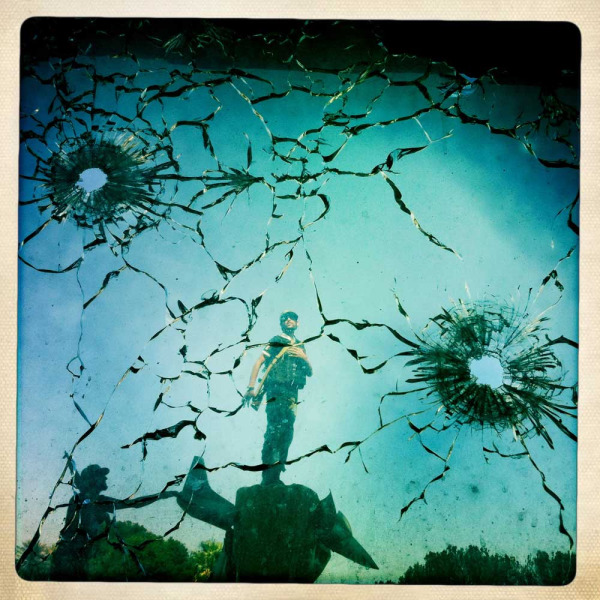
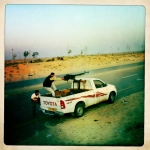
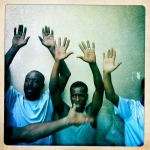

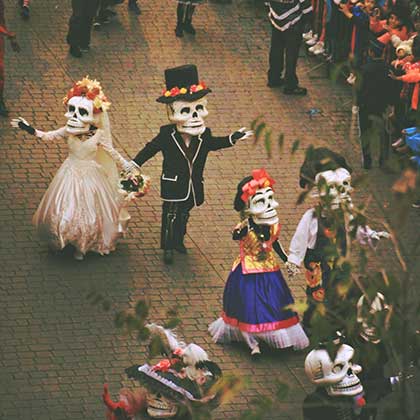



4 Comments